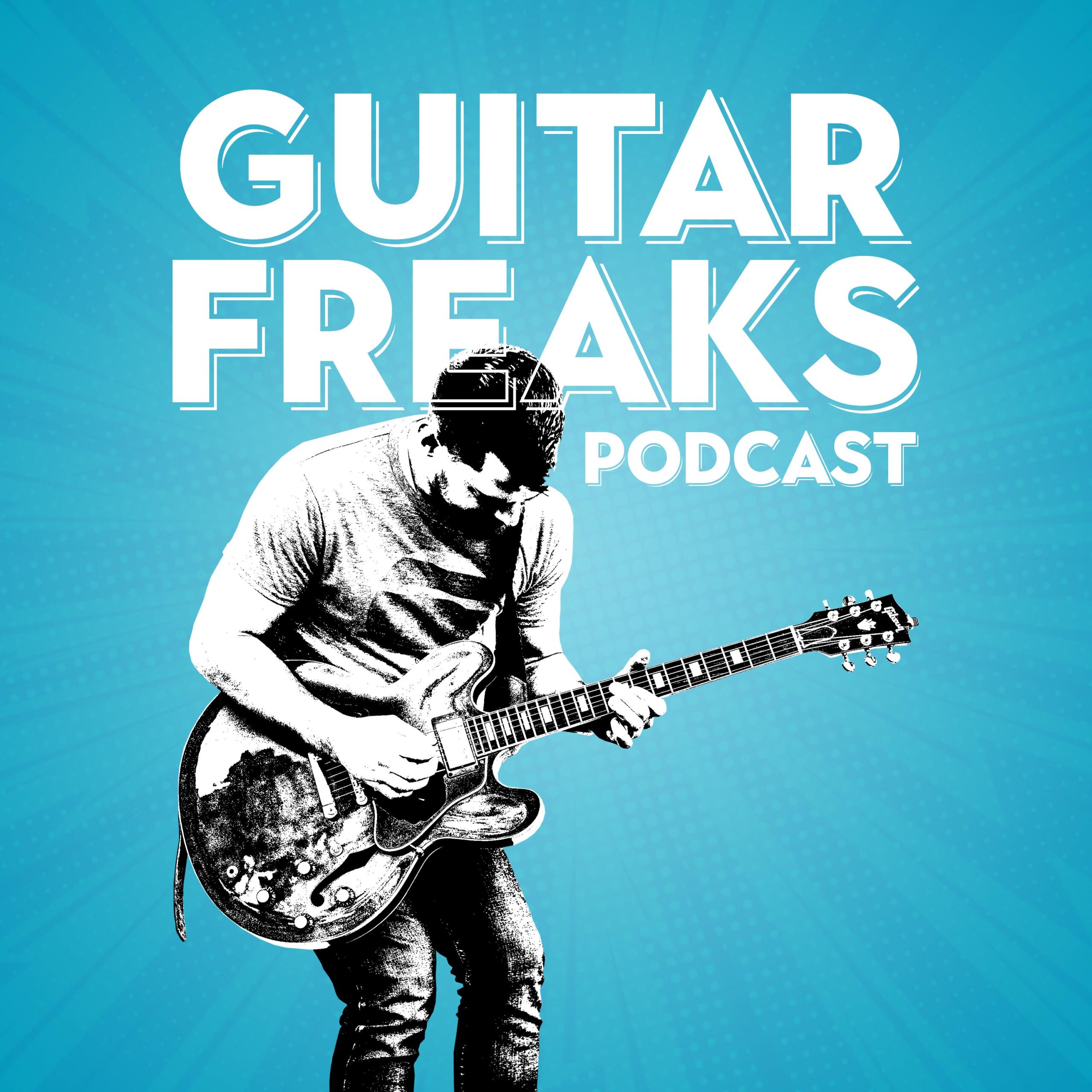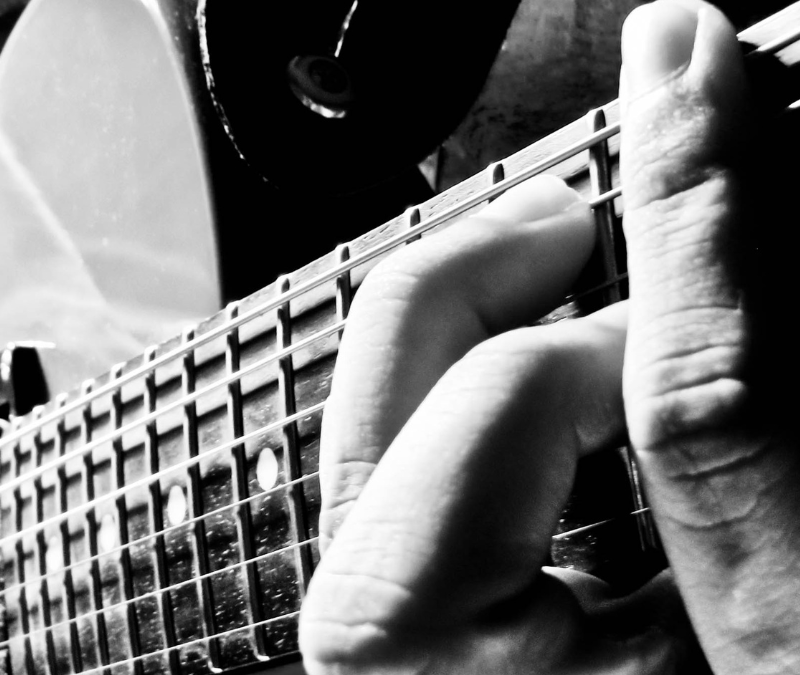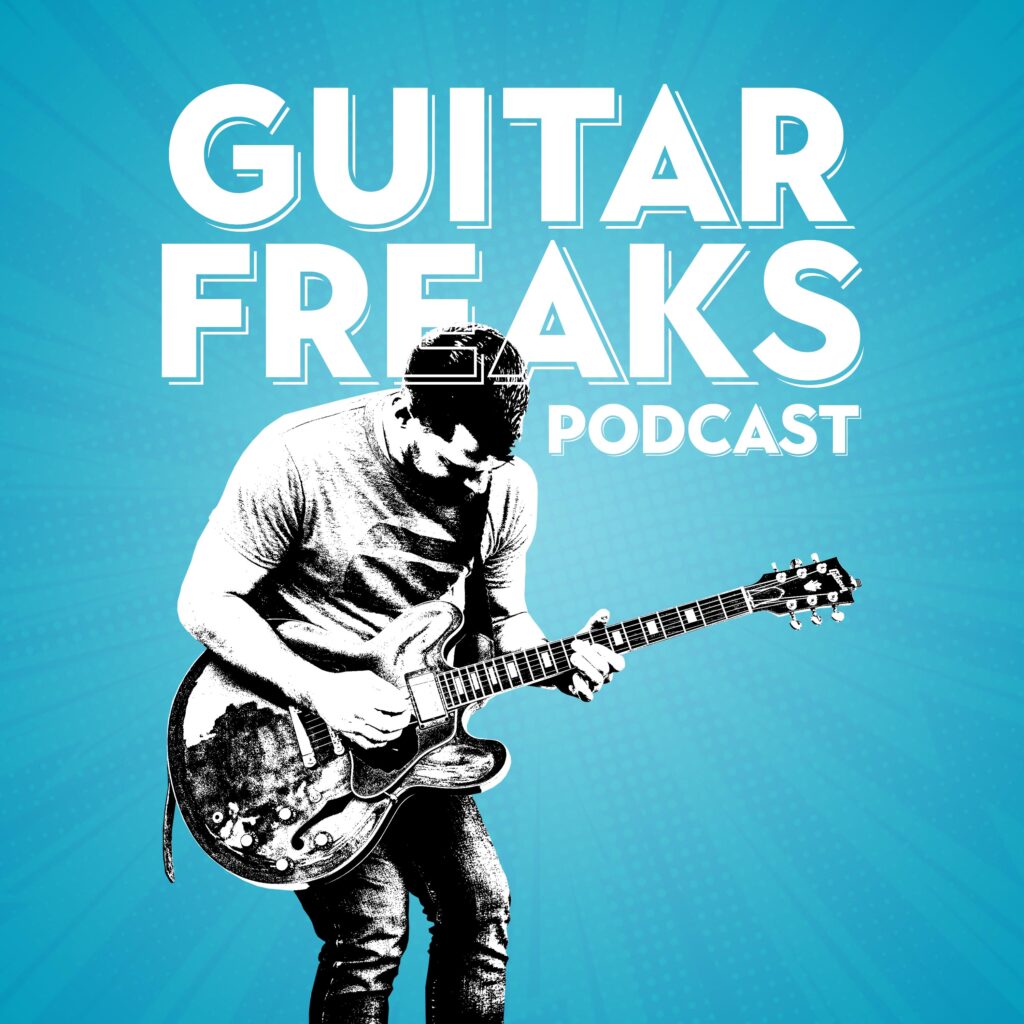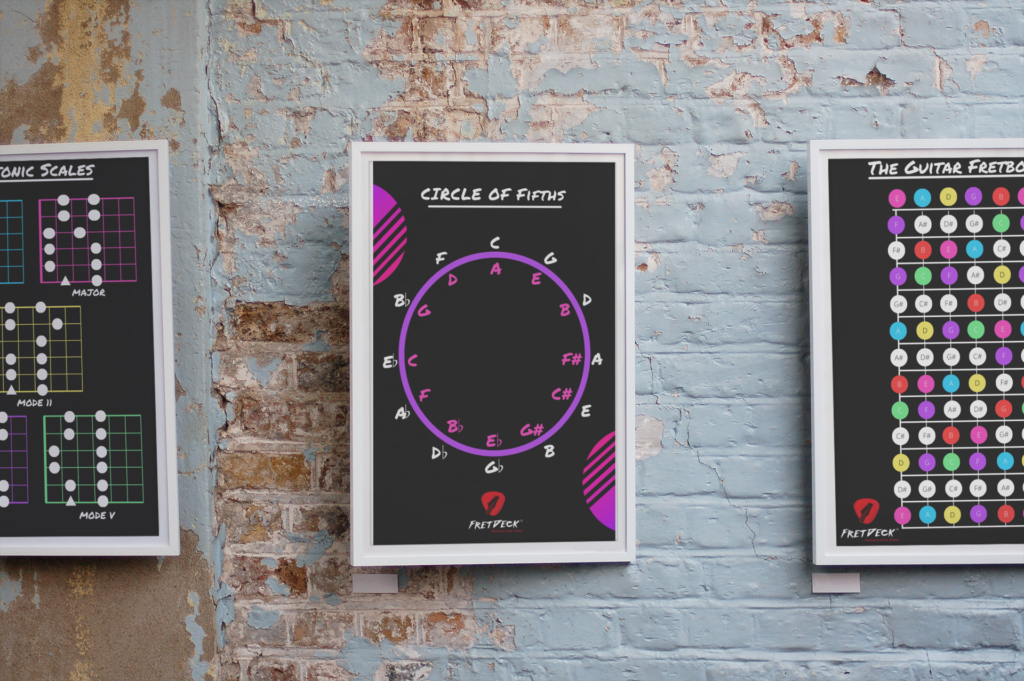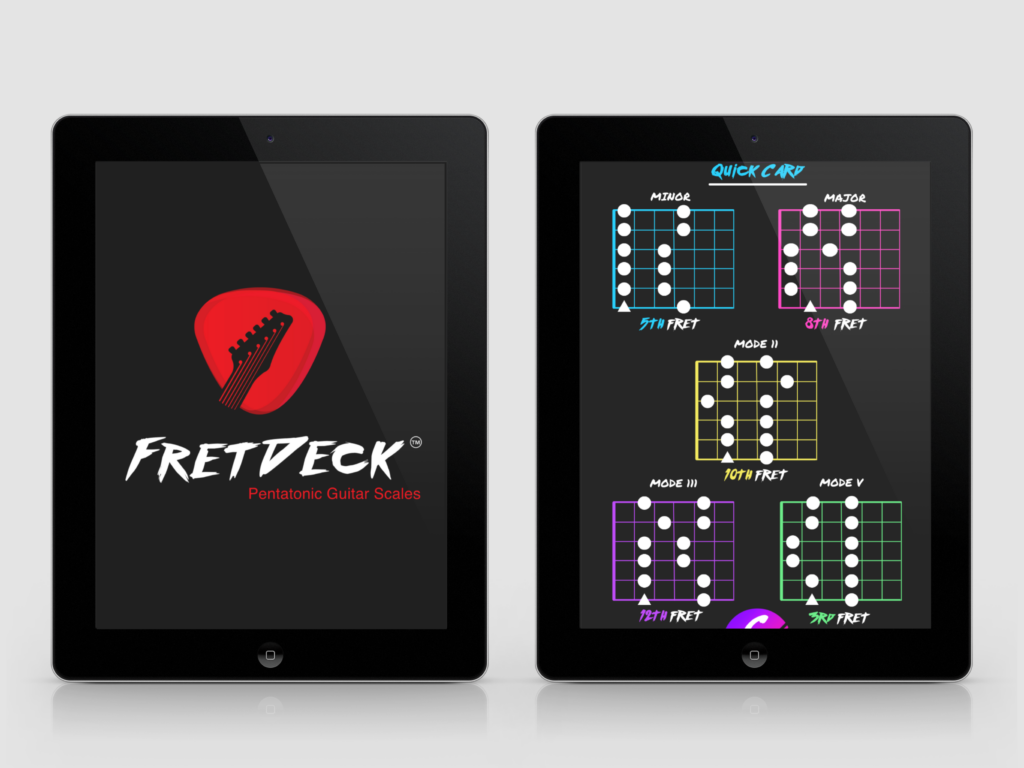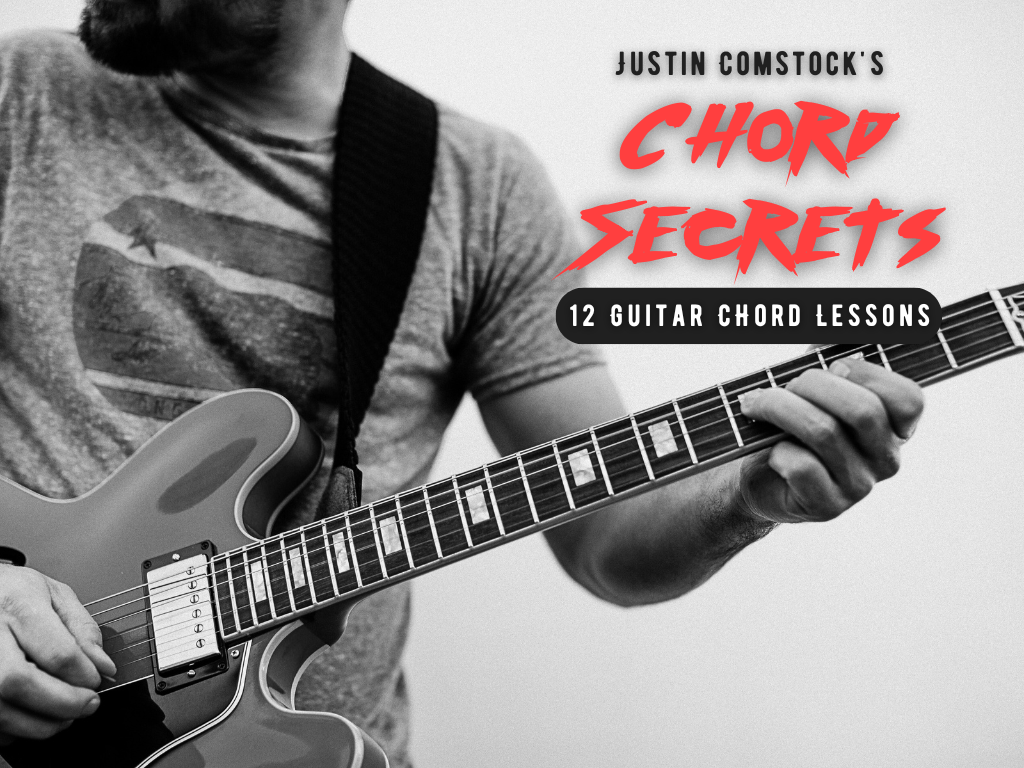Guitar chord progression are the foundation of nearly every great song you know and love. These patterns of chords create the harmony and emotional depth that make music so powerful. Whether you’re strumming through your first few songs or exploring more advanced styles, understanding how to use chord progressions is essential for every guitarist.
In this guide, we’ll break down the basics of guitar chord progressions, explore popular patterns, and give you tools to craft your own progressions that fit your unique sound. Ready to unlock the heart of music? Let’s dive in.
What Is a Guitar Chord Progression?
A guitar chord progression is a sequence of chords played in a specific order, usually within the framework of a key. These progressions guide the mood of the song, from joyful and uplifting to somber and reflective. For example, in the key of C major, the chords you can use include:
- C (I)
- Dm (ii)
- Em (iii)
- F (IV)
- G (V)
- Am (vi)
- Bdim (vii°)
Each of these chords plays a specific role within the progression, creating tension, release, and movement.
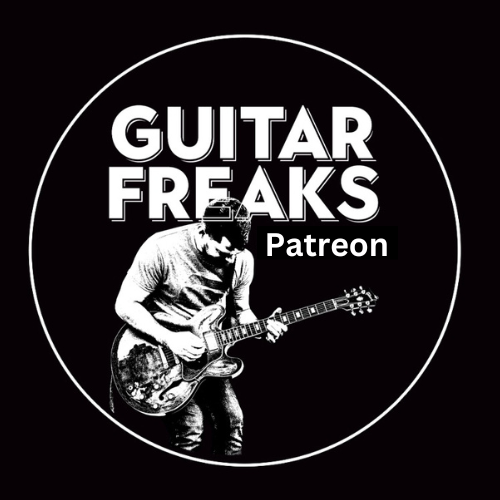
🎸 Join the Guitar Freaks Patreon!
Get SoloCraft E-Book FREE!
Join Guitar Freaks on Patreon and instantly unlock my full e-book SoloCraft—your step-by-step guide to fretboard mastery and crafting soulful solos.
New video lesson drops every Friday so you’ve always got a fresh, focused practice plan for the week.
👉 Don’t miss out—join now and grab your free copy!
Why Guitar Chord Progressions Matter
Chord progressions are more than just a collection of chords—they’re the blueprint for emotion. A simple progression like I-IV-V (C-F-G) creates a feeling of resolution, while a more complex progression like ii-V-I (Dm-G7-C) introduces tension and release. By learning to use guitar chord progressions, you can shape the emotional journey of your music and connect with your audience on a deeper level.
Popular Guitar Chord Progression Patterns
1. I-IV-V Progression (The Foundation)
One of the most common and timeless progressions is I-IV-V. In C major, this progression would be:
- C (I) → F (IV) → G (V)
This progression feels stable and satisfying, making it a go-to for blues, rock, and folk. Play it with confidence, and you’ve got the foundation for countless songs.
2. I-V-vi-IV Progression (The Pop Classic)
The I-V-vi-IV progression is a staple of modern pop and rock. In C major:
- C (I) → G (V) → Am (vi) → F (IV)
This progression combines major and minor chords to create emotional contrast. You’ve heard it in songs like “With or Without You” by U2 and countless other hits.
3. vi-IV-I-V Progression (The Anthem)
If you want a progression that feels uplifting and anthemic, try vi-IV-I-V. In C major:
- Am (vi) → F (IV) → C (I) → G (V)
This sequence is perfect for ballads and emotional pop anthems, offering a mix of melancholy and hope.
4. ii-V-I Progression (The Jazz Standard)
For those diving into jazz, the ii-V-I progression is a must-learn. In C major:
- Dm (ii) → G7 (V) → C (I)
This progression is built around tension and resolution, with the V chord pulling strongly toward the I chord. Jazz players often embellish this with 7ths, 9ths, and other extensions.

🎸 Join the Guitar Freaks Patreon!
Get SoloCraft E-Book FREE!
Join Guitar Freaks on Patreon and instantly unlock my full e-book SoloCraft—your step-by-step guide to fretboard mastery and crafting soulful solos.
New video lesson drops every Friday so you’ve always got a fresh, focused practice plan for the week.
👉 Don’t miss out—join now and grab your free copy!
How to Elevate Your Guitar Chord Progressions
1. Use Chord Extensions
Add depth to your progressions with 7ths, 9ths, and 13ths. For example, replace a basic G chord with G7 or G9 to create a richer sound.
2. Experiment with Inversions
Play chords in different inversions to create smoother transitions. For instance, instead of playing C in root position (C-E-G), try the first inversion (E-G-C).
3. Borrow Chords from Other Keys
Spice things up by borrowing chords from parallel keys. For example, in C major, you can borrow Ab major or Fm from C minor to add unexpected color to your progressions.
Tips for Writing Your Own Chord Progressions
- Start with a Key: Choose a key and build progressions from its diatonic chords.
- Experiment with Rhythm: A progression isn’t just about the chords—it’s about how you play them. Vary the rhythm for a unique feel.
- Trust Your Ears: Sometimes breaking the rules leads to the most exciting results. If it sounds good, it works!
Conclusion: Create Music with Chord Progressions
Mastering guitar chord progressions unlocks a new level of creativity and expression. By learning how different chords work together, you can build songs that resonate emotionally and musically. Whether you stick to the classics or experiment with advanced techniques, chord progressions are the key to making your guitar sing.
To enhance your understanding of guitar chord progressions, you might find our in-depth guide helpful: “12 Guitar Chord Progressions Every Guitarist Should Know”. This resource delves into essential progressions that form the foundation of many songs across various genres.
Additionally, for practical tips on mastering common progressions, check out: “Mastering Common Guitar Chord Progressions: Techniques & Practice Tips”.

🎸 Join the Guitar Freaks Patreon!
Get SoloCraft E-Book FREE!
Join Guitar Freaks on Patreon and instantly unlock my full e-book SoloCraft—your step-by-step guide to fretboard mastery and crafting soulful solos.
New video lesson drops every Friday so you’ve always got a fresh, focused practice plan for the week.
👉 Don’t miss out—join now and grab your free copy!
